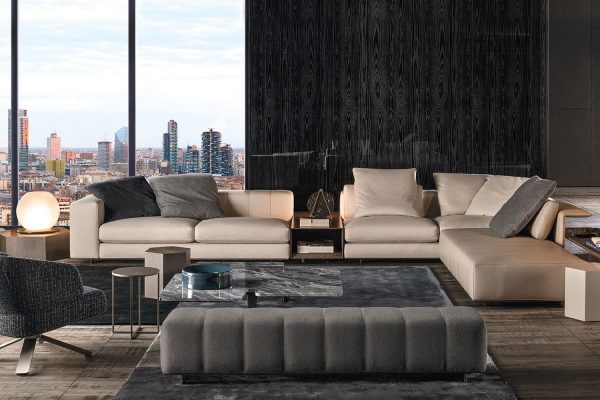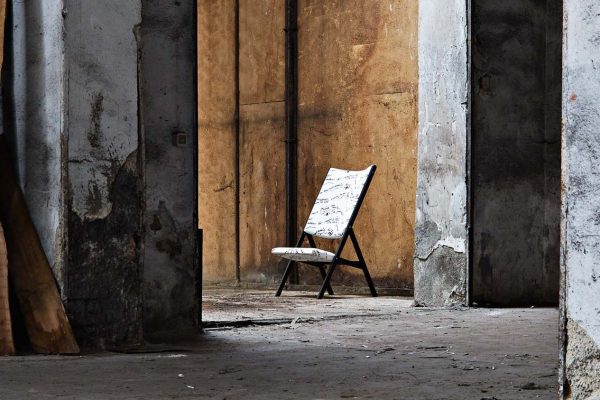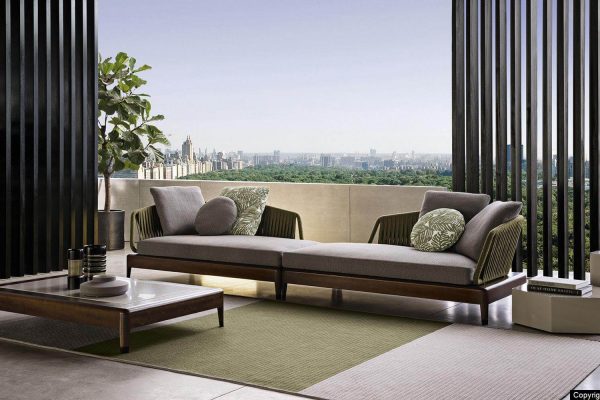Sottsass’s works on display at the Milan Triennale: furniture, drawings and photographs…here’s how the designer shows himself in 360 degrees
The words “functionalism,” “functionality,” and “functional” were invented at a time of general enthusiasm at the turn of the century. It seemed that everything would be solved via reason. The problem is that I don’t know how to use rationality to choose the flowers I want to send to my very young, wild lover. What will the functional flowers look like?
This is one of the typical questions that Ettore Sottsass asked himself during his long career and which the exhibition dedicated to Sottsass at the triennale seeks to answer.
Ettore Sottsass was undoubtedly one of the most eclectic and interesting personalities who populated the design universe during the last century.
The thousand personalities of Ettore Sottsass are now on display at the Milan Triennale in an exhibition entitled
There is a planet
(Sept. 15, 2017-March 11, 2018), dedicated to the centenary of the birth of this incredible artist (Innsbruck, Sept. 14, 1917-Milan, Dec. 31, 2007).
There is a planet is a project Sottsass started in the 1990s for a German publisher and never completed. This book, now published by Elettra, collected in five groups all the photos taken by Ettore Sottsass during his many trips around the world.
In addition to the display of his famous designer furniture, a photography trail is being created for the first time, showing the designer’s photographs to the public. Photos of: architectures, houses, doors, people, situations…everything about living and in general the presence of man on the planet is taken into consideration and made the subject of Sottsass’s lens.
Each element is looked at through the original and radical, as well as ironic, gaze with which Sottsass had the ability to observe the world.
But the exhibition does not stop at photos. Also on display are drawings by the designer with suggestions and notes taken verbatim from the many writings he left behind. Journals, sheets of paper, phrases on drawings…Sottsass’ creativity stopped at nothing, almost as if he were an erupting volcano, his thoughts outlined in black on white on the first handhold they found.
Many of these literary finds help us understand more about his personality as a designer and the philosophy behind his creations:
I began then to think that if there was any sense to making objects, it was that they helped people to live, I mean it couldn’t be other than to perform a kind of therapeutic action, to deliver to objects the function of soliciting the perception that everyone has or can have in their own adventure.
(Experience with ceramics 1970)
This is Sottsass’s thinking on design. Thus, in addition to completely renewing the aesthetics of postwar design (from the use of colors to innovative shapes), he introduced an ethical element into his work as an architect for the first time. Sottsass wants to design for people, to help them in their lives, which is a daily adventure. This is precisely why Sottsass wants to get to know each person he plans for: dinners, meetings, outings…he has to know what his client’s needs and personality are before he can do a job FOR him.
The monographic exhibition at the Milan Triennale humbly attempts to reconstruct the complex course of his multifaceted, multifaceted career, consisting of a very wide range of activities: architecture, drawing, design, photography, painting, objects, furniture, sculpture, glass, ceramics, publishing activities, and writings.
An interesting and unprecedented journey, which will let us discover much more about the complex personality of one of the greatest artists of the last century.
We close this brief review by leaving the floor to Sottsass himself:
Of the artists on my account, it is the life that counts more: as of all it is only the life that counts more than the “works.” Everyone should always tell about their lives and write immense diaries, indeed, everyone should just live, I mean KNOW they live. The works are wandering corpses. Instead, I would like to know what the life was like for every dust that is under the mounds of all the necropolises of the world. That’s why I never go to museums, and when I DO GO there, I GET AN INFINITE MALINCONY: I think about everything that went behind the works.
Here…perhaps it is with these eyes that we should view the exhibition dedicated to him.



